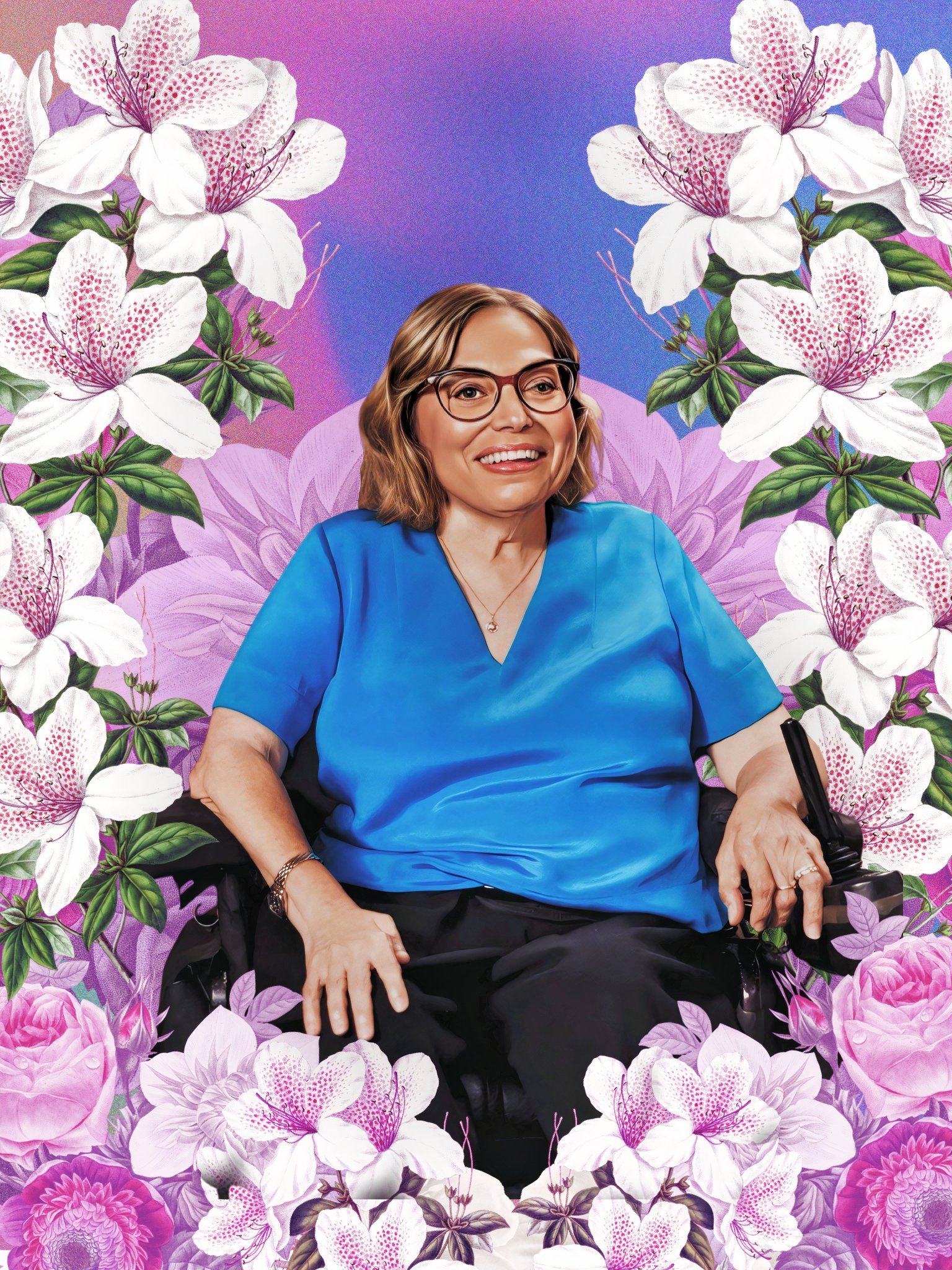Clear communication is access.
My forays into plain language, access practice, and clear communication.
This year is a big year for plain language. It’s possible it’s so big because plain language is all I can think about. It’s one of the small ways I advocate for accessibility daily.
In January, I attended Plain Canada Clair’s 2024 conference, Language by Design. It was a day online with folks passionate about accessible communication. I was in the middle of a pain flare, so I welcomed the distraction of the Zoom screen from bed. As a national organization, Plain Canada Clair advocates for plain language in both French and English, so they host events in both languages.
A week earlier was Editors Canada’s monthly member meeting. The topic was also plain language but from a federal government perspective. Dr. Iva Cheung was presenting.
She is a member of the technical committee involved in developing a plain language standard with Accessibility Standards Canada. She’s also someone I mentored under for a collaboration with one of my clients, Untapped Accessibility.
Cover art for The Frame Fanzine by Leanna Marie Manning. A mixed media artwork with watercolour as the primary medium. There is a painted purple background that envelops a nest-like space on the right.
Common threads
What these talks had in common was a sense of, “Now what?”
We have an international standard in plain language and a federal one on the way. What do we do with this information? What does it mean for how we communicate? Who benefits from these standards? Why do we need them?
Plain language is most commonly associated with writing in government, law, health, and education. Plain language will become mandatory for all federal government-regulated organizations through the Accessible Canada Act, for example. But I’m more interested in how plain language is important in day-to-day communication.
Clear communication is about learning important information that might affect people’s lives—not usually for leisure. It’s not about curling up on the couch with a compelling novel. It’s about information that people access because they need to know how to do something, or they need information to make an important decision.
From this perspective, plain language is about accessibility and social equity. Complex, jargon-filled language creates barriers and reinforces inequalities. Information is a powerful tool and everyone, regardless of their background, lived experience, and level of education, deserves access to it.
What you can do
Here are some ways you can start making your messages more clear right now.
Think about the structure your communication.
Make sure the main message and purpose of your message is clear. Give only need-to-know information and share the most important information first.
Consider the environment of the person receiving your message.
Writing an email? Consider that your recipient might be reading on the go on a small screen with distractions. It’s a drastically different environment than in a quiet office on a large monitor.
Use everyday plain words your reader will understand.
Use stop, end, or close instead of “terminate.” Use other, more, or added instead of “additional.” Person instead of “individual.”
Express 1 idea in each sentence.
Shorter sentences are easier to process. Longer sentences often confuse readers by losing the main point in a cluster of words.
Plain language is a passion of mine on so many levels. It’s proving to be well-timed with the legislation and the international standard. But I’ve long been an advocate even before I had a name for it. I’ll tell that story another time.
Art by Jennifer White-Johnson. Digital collage portrait of Judy Heumann, a white woman with shoulder-length light brown hair wearing dark red glasses, a blue v-neck shirt, and a gold necklace. She is smiling warmly. Cascading white, pink flowers flow behind her on a purple background.
Things I like
Little Fish, a book by Casey Plett. A lovely, at times dark, story set in the dead of winter in Winnipeg. It’s about a 30-year-old trans woman unraveling the history of her grandfather’s past, who might have also been transgender himself.
Judy Heumann. March 4th is the first anniversary of the passing of Disability Rights’ icon Judy Heumann. Her death has been deeply felt among disability communities worldwide and her legacy lives on in many forms, like her role in the Oscar-nominated documentary Crip Camp.
The Frame fanzine, a mental health fanzine. The latest issue is all about love and heartbreak. My art has been featured twice! I created the cover art for the latest issue (opens Instagram) and I have a piece in the issue all about neurodiversity.
Workplace Accessibility Grant. Small Business BC’s Workplace Accessibility Grant recently got a boost to $5,000. This money helps create accessible work environments for people with disabilities, which includes communications and technology.
Thanks for reading!
If you find my content helpful, here’s how you can support me:

